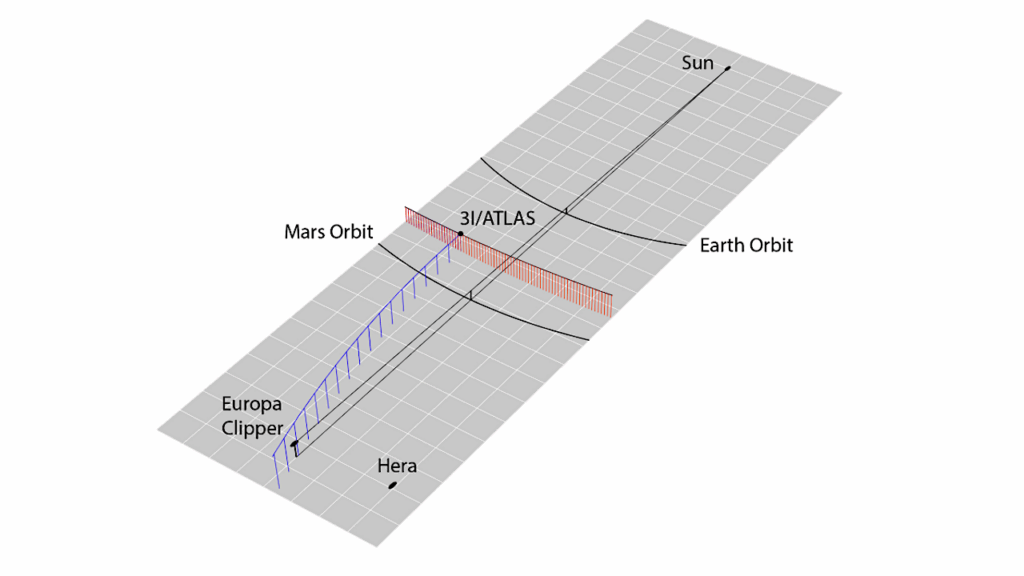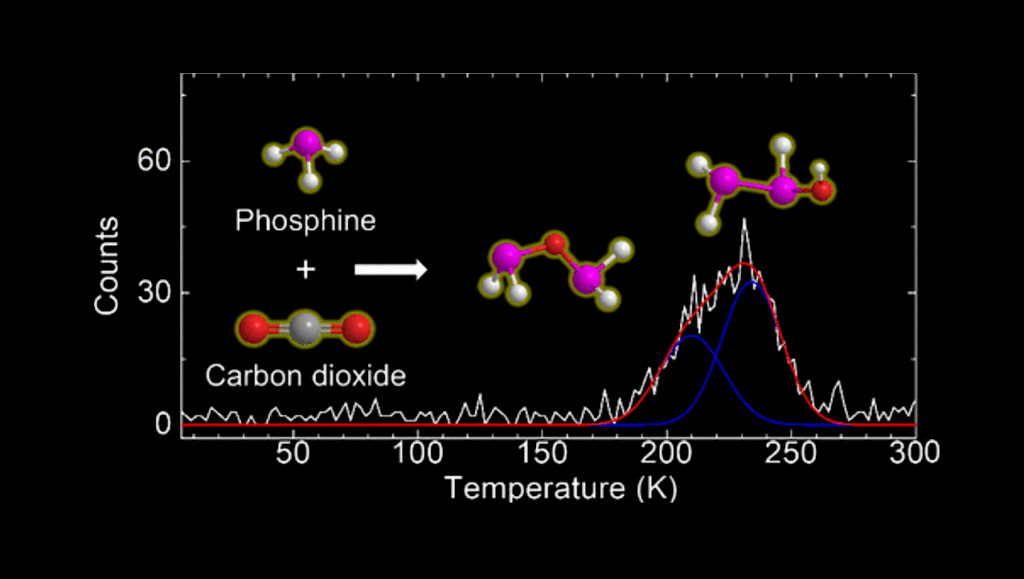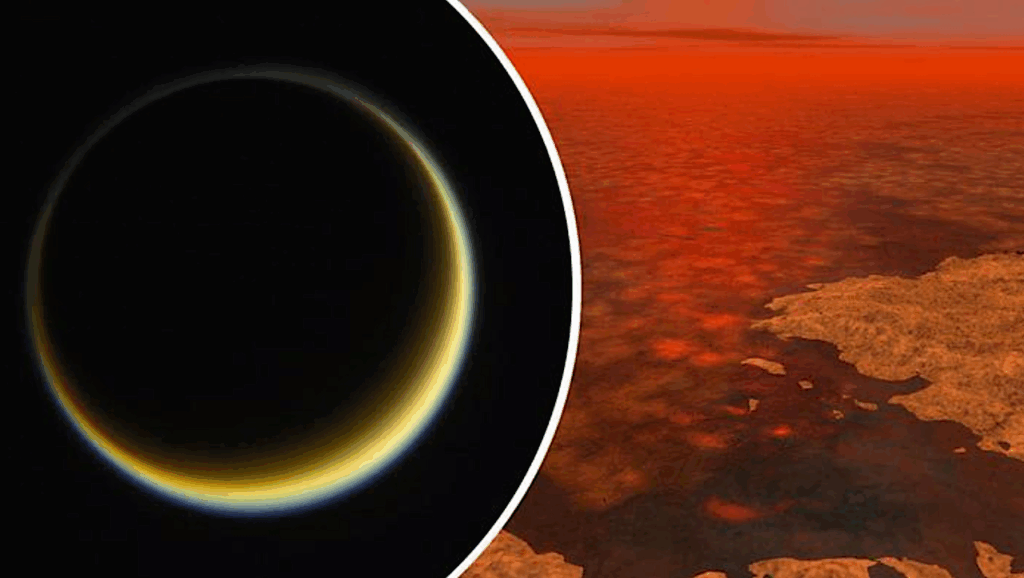Grains In The Murchison Meteorite Indicate That Earth's Carbon Could Be 7 Billion Years Old

Researchers supported in part by the NASA Astrobiology Program have shown that carbon on Earth could be as much as seven billion years old.
Understanding the timing and processes that led to the chemical makeup of the Earth could help astrobiologists determine how our planet became habitable for life as we know it, and how life itself originated on the Earth.
In the recent study, researchers examined materials from the Murchison meteorite, a primitive carbonaceous chondrite that has been the focus of many astrobiology studies. The team believes that the geochemical characteristics of tiny grains within the meteorite indicate that they were formed at a time that predates the Sun (which is roughly 4.3 billion years old). They posit that the grains come from dying stars that were several times larger than the Sun, and existed during a period of enhanced star formation that occurred seven 7 billion years ago.
The study, “Lifetimes of interstellar dust from cosmic ray exposure ages of presolar silicon carbide,” was published in the Proceedings of the National Academy of Sciences of the United States of America (PNAS). This work was supported by the Emerging Worlds Program. The NASA Astrobiology Program provides resources for Emerging Worlds and other Research and Analysis programs within the NASA Science Mission Directorate (SMD) that solicit proposals relevant to astrobiology research. This research is a critical part of NASA’s work to understand the Universe, advance human exploration, and inspire the next generation. As NASA’s Artemis program moves forward with human exploration of the Moon, the search for life on other worlds remains a top priority for the agency.
Lifetimes of interstellar dust from cosmic ray exposure ages of presolar silicon carbide, PNAS
Astrobiology








